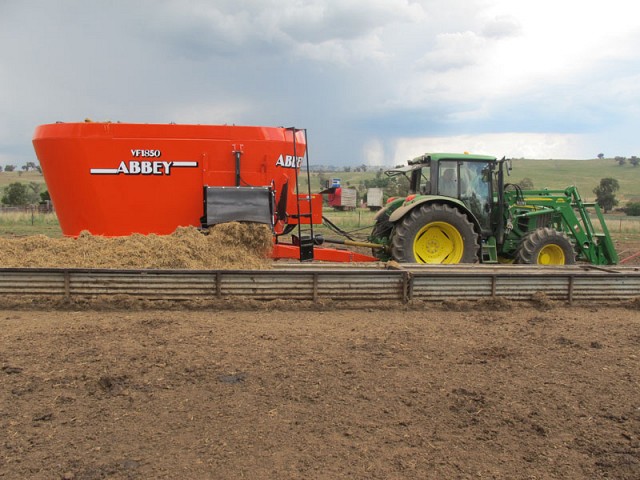There is no denying that agriculture is one of the most machine intensive industries. Farmers rely on their machines heavily and their choice of machines can make or break their business. After all, from threshers to combine harvesters, there are an astronomical number of different options to choose from. A farm owner obviously cannot purchase or lease them all, so he or she needs to be meticulous when it comes the purchase process.
One machine that is increasing in popularity significantly is the diet feeder. Nowadays there is a huge emphasis placed on quality of food. As a nation, we are becoming more and more conscious about what we eat and where we get it. Diet feeders help to improve the quality of yield and beef, as they ensure nutrients are mixed in the animal feed properly and that all animals get an equal share. This in turn improves the quality of the farm and will ensure you are delivering premium products to your suppliers.

Nevertheless, a diet feeder is not a machine that is merely designed to mix forage feed with a concentrate ration. It has many other functions that can be of great benefit as well. Of course it transports the feed directly from the storage area to the feeding shed. This will improve efficiency on your farm dramatically. You also have the ability to accurately control and monitor the feeding process. The feed can be dispensed evenly and directly in front of the animal, which also assists with productivity. Aside from this, let’s take a look at some of the other functions typically found within most diet feeders.
– Treat whole grain with alkali products in order to improve storage characteristics
– Improve digestibility through the use of alkali products
– Chop straws
– Clean and chop roots and mix them into the ration
– Mix concentrate diet component from straights
– Mix complementary forages, such as maize silage and grass silage
– Mix forage ration constituents and concentrate
All in all, it is quite clear to see that there are a lot of advantages to be gained by investing in a diet feeder. In fact, most people would agree that there is more to this machine than meets the eye. If you have decided that this is the machine for you, you will evidently need to approach the purchase process carefully. There are a lot of different factors you must take into consideration.
The first thing you need to do is determine whether you want to buy or lease the machine. This all depends on your current situation. Can you afford the huge outlays that are associated with purchasing a machine outright or would you prefer small monthly payments? Nevertheless, with leasing there is of course always the disadvantage that you won’t actually own the machine. In addition to this, you should research the machine in question to read what previous buyers have had to say about it. This will give you an honest indication of the level of quality you are likely to experience. Finally, noise and size are two other crucial factors to take into account. Low-noise machines are popular and getting the size right is important. After all, if you go for something too small the machine will be inefficient, yet if you go for something too big you will be spending more money than is necessary.
